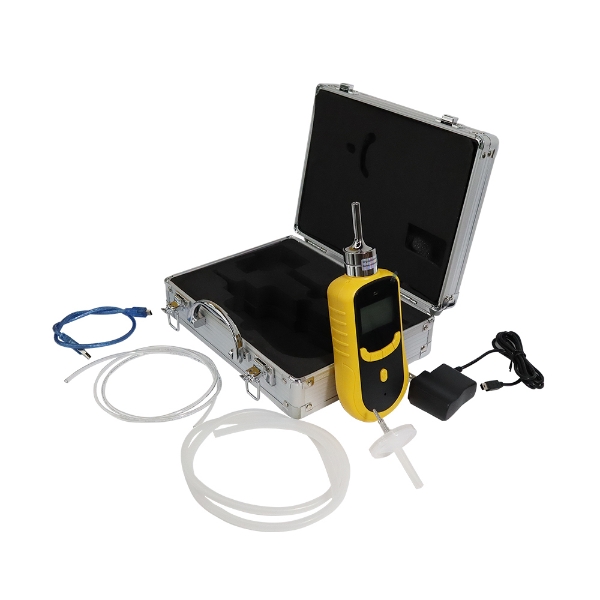-
You have no items in your shopping cart.
- Register
- Log in
- Wishlist
- Shopping cart
WRITE YOUR OWN REVIEW
EXISTING REVIEWS
Professional and practical
The shell is strong, easy to carry, and the design is also very user-friendly. In our actual outdoor tests, the instrument response time is fast, and the test results are close to the laboratory analysis data, indicating that the sensor is very accurate.
Yulina
|
7/18/2025 2:24 AM
Was this review helpful?
(0/0)
Perfect
This handheld gas analyzer is impeccable! It can detect NO2, CO, O3 and SO2 at the same time, and is equipped with a high-definition LCD display for accurate and reliable detection results. Whether in the laboratory, factory or outdoor environment, it is an essential tool.
Megan Cooper
|
9/19/2023 2:07 AM
Was this review helpful?
(0/0)





















